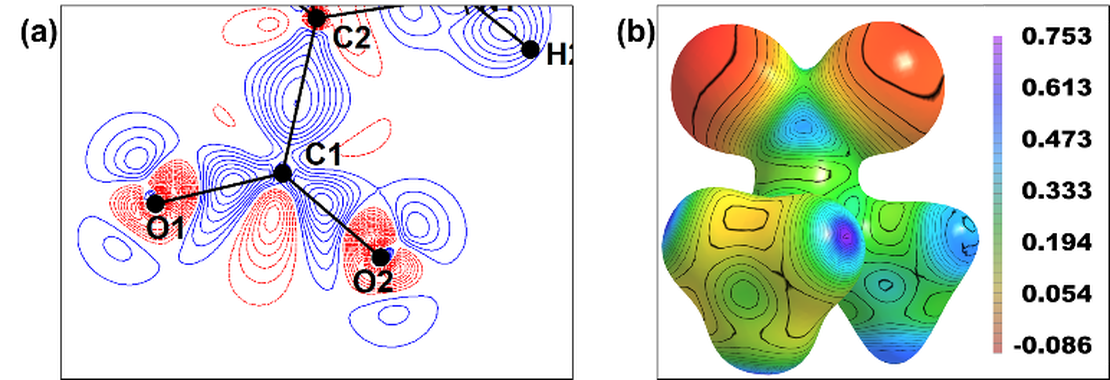AI can provide phases at 2 Å: Can Quantum Crystallography help us to a high-quality structure at this resolution?
- Anders Madsen
- Session 13 , Methods
- Thursday, July 17, 2025
- 1:30 pm
Anders Ø. Madsen a, Anders S. Larsen a, Toms Rekis b and Philipp Hans a
a University of Copenhagen. b Goethe University Frankfurt
e-mail: a.madsen@sund.ku.dk
We introduce PhAI [1], a novel AI-based approach capable of resolving phases even at resolutions as low as 2 Å— this is rather unknown territory for small-molecule crystallography. While PhAI opens new doors for structure solution, it simultaneously raises questions: How do we accurately identify and refine molecular structures within such low-resolution electron densities? What tools and theoretical frameworks can guide us in extracting chemically and physically meaningful models from these blurred maps?

Isodensity contour maps from synthetic data extending to 2 Å and phased with PhAI. The atomic positions correspond to the known structures that were used to generate the synthetic data.
This talk invites the quantum crystallography community to reflect on these challenges and opportunities. Can quantum crystallographic methods—rooted in the synergy between experimental data and quantum mechanical modeling—provide the necessary scaffolding to interpret and refine low-resolution densities? Moreover, can QCr methods feed back into the AI pipeline, offering more accurate electron densities for training, or even guiding the design of AI architectures that are more physically informed?
By exploring the intersection of AI and quantum crystallography, we aim to spark a dialogue on how these fields can co-evolve to tackle the enduring challenges of structural determination in the low-resolution regime.
Acknowledgement: The National Science Center, Poland, provided the funding for the research presented in this work under the grant 2020/39/I/ST4/02904. Acknowledgment is also extended to the Polish high-performance computing infrastructure PLGrid (HPC Centers: ACK Cyfronet AGH, WCSS) for providing computer facilities and support within computational grant no. PLG/2024/017098.
References
[1] Larsen, A. S., Rekis, T. & Madsen, A. Ø. (2024). Science 385, 522–528.
